The four phases of your menstrual cycle are menstruation, the follicular phase, ovulation and the luteal phase. Understanding how your hormones work in each phase of your cycle is the key to maximizing your true potential in both your personal and professional life!
We women work hard to stay on top of everything we do! We expect ourselves to have the same energy levels every single day of every single month but it’s just not possible because of the cyclical nature of our bodies. In fact there are four phases in a woman’s menstrual cycle and the characteristics of these phases correspond to the seasons of the year. So cool!
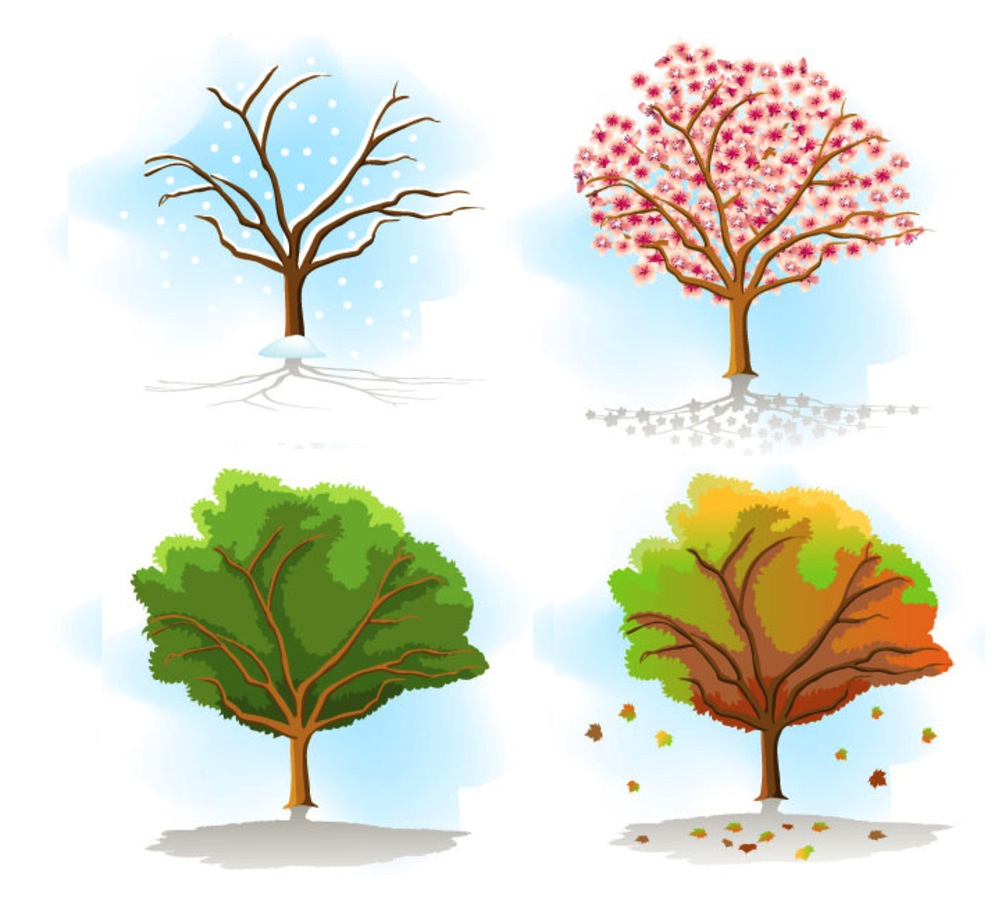
Each phase of your monthly cycle brings about different physical and emotional feelings kind of like the seasons in nature. There is a reason that nature has darker seasons of cold, and quiet and seasons of growth and lots of light. Our bodies are very similar to the natural environment around us, constantly ebbing and flowing, and we should learn to honor our own powerful internal cyclical nature.
The Four Phases Of Your Menstrual Cycle
PHASE 1 – MENSTRUATION
Physical:
This phase lasts approximately 3-7 days. Click here to see how long your period should be ideally. Day 1 of your cycle is the first day of bleeding. Your progesterone level plunges and this causes the break down and shedding of your uterine lining. As menstruation gets under way, the key sex hormones decline sharply and are no longer present in large quantities. Your cervix is firm and low and slightly open to allow menstrual blood to pass through.
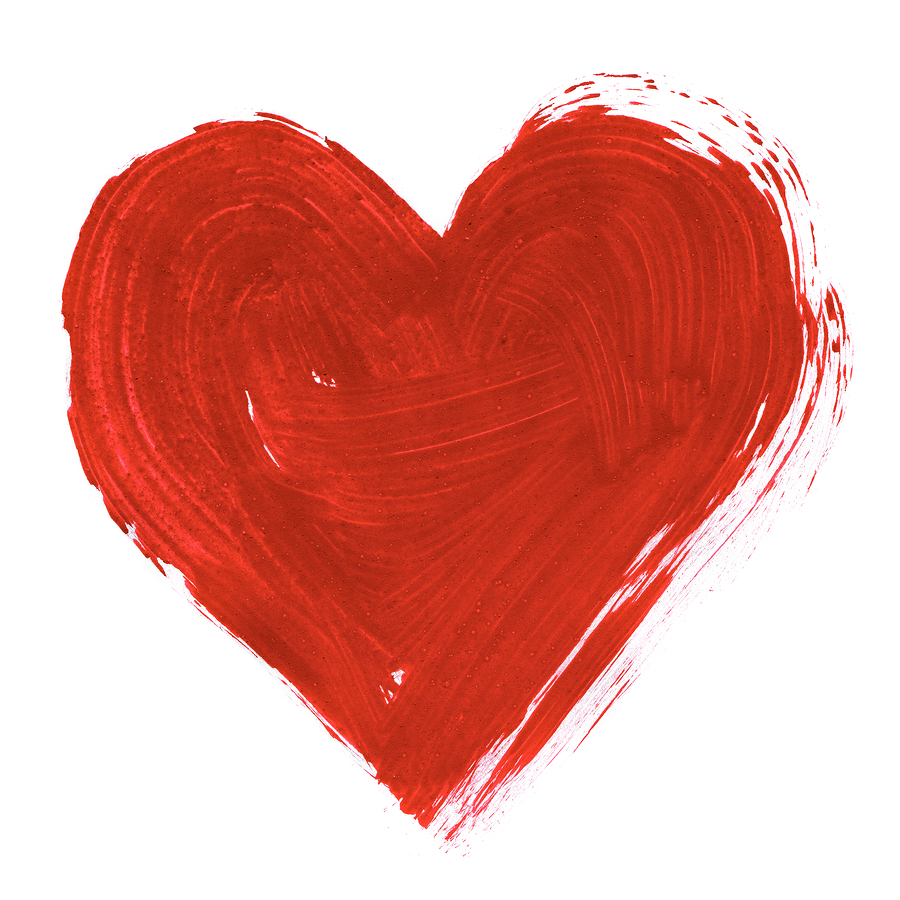
Emotional:
You may feel a sense of release and relief when menstruation starts. During this week, your energy is the lowest it will be during your cycle and you may feel introverted and introspective. This leads to a desire to rest and take a break from daily duties or even take a day off. A day off may not be possible for most women but taking time to introduce some quietness can be tremendously helpful. This can look like a short walk during your day or even sitting at your desk, closing your eyes and focusing on breathing from your belly for 5 minutes.
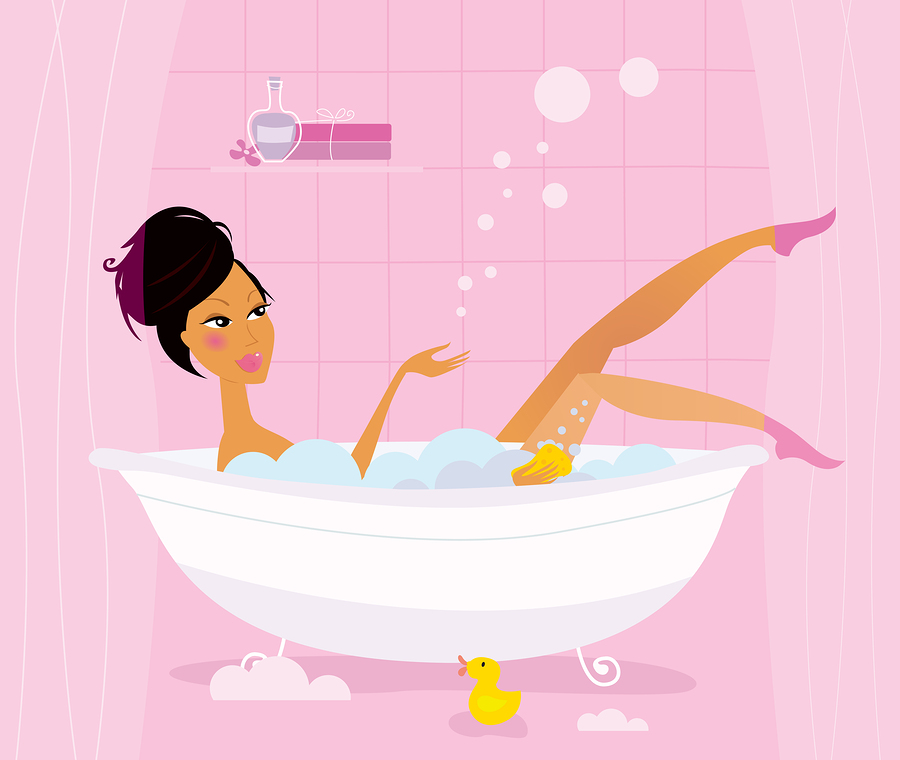
Action Steps:
- Clear your calendar of social events so you can spend more time alone as you might find yourself craving alone time. This is probably not the time to make big plans or go on a date with someone new.
- Take hot baths with Epsom salts and go to bed an hour earlier than normal.
- Write in your journal, and reflect on the events and happenings of the past month.Pay attention to how you feel on this day as opposed to how you felt last week. This creates awareness and this allows you to see where improvements or adjustments can be made for next month. Visioning and goal setting will come much easier during this time.
- If you get headaches and menstrual cramps during your period, there are a couple things you should try: a hot water bottle, a castor oil pack, a restorative yoga class. You can also ask your main squeeze for a roll in the hay. Physical touch and orgasms trigger the production of oxytocin, the hormone of love and bonding, which also happens to reduce physical pain. *high five*
- Exercise should be limited to gentle movement and stretching like yoga and walking. Avoid stress on the ligaments that are attached to your uterus – this is basically any exercise that feels extremely strenuous like cross fit, boot camps, spinning and running.
PHASE 2 – THE FOLLICULAR PHASE
Physical:
The Follicular phase begins after menstruation and lasts for 7-10 days. It’s known as the Follicular phase because your pituitary gland releases a hormone called Follicle Stimulating Hormone (FSH). FSH stimulates the follicles in one of your ovaries to mature. FYI-these follicles contain your eggs. The pituitary gland then starts to release Luteinizing Hormone (LH), which is responsible for ovulation. Only one of these follicles will “ripen” and become mature. During this time you will notice that your cervical fluid takes on a wetter consistency. It typically looks creamy.
Emotional:
Your estrogen and testosterone levels remain low in the beginning of the Follicular Phase but gradually increase as ovulation gets closer. Both estrogen and testosterone start to boost your energy, mood and brain skills. You start to feel more confident, powerful and are willing to take more risks.
Testosterone starts to stimulate your libido while at the same time making you more impulsive. Estrogen makes your skin look and feel better. It also makes you feel more extroverted and pushes you to be more social and to connect with other people.
A bonus: Estrogen suppresses your appetite, which will make you feel lighter and less weighed down during this phase.

Action Steps:
- This is a good time to initiate new projects at work or at home and make important decisions. Brainstorming and problem solving will be major strengths during this phase. Speak up in those meetings at work or join a new meet-up group. Plan business strategizing meetings.
- Start being social – schedule time to meet with friends, do play dates with the kids, go to networking events, go and experience new things, maybe an art class or a dance class you’ve never tried. All of these things will make use of those extra social super powers!
- Your body becomes better able to handle strenuous exercise during this time too, so get out there and do the challenging and energetic physical activities that you love to do.
PHASE 3 – THE OVULATORY PHASE
Physical:
The Ovulatory phase is the shortest phase and lasts for 2-3 days. It is the culmination of all the hard work your body has been doing over the previous weeks. Right before ovulation there is a surge of LH and this causes the dominant follicle to burst open and release its egg into the fallopian tube.
The egg will survive for 12-24 hours and will either be fertilized or will die. Your cervix becomes soft, moves up higher and opens. It moves up higher to help the egg get the best sperm – the sperm have to swim farther to get to the egg. Your cervical fluid is very clear or viscous egg-white fluid, with lots of elasticity. When looked at under a microscope, it contains channels that help sperm swim up through the cervix.
Emotional:
Estrogen and Testosterone continue their rise to peak levels, boosting all of the effects you enjoyed during the follicular phase. You look more attractive during this time and you’ll feel more confident about your appearance.
Sexual feelings increase and you might find yourself distracted by thoughts of seducing your partner! You might experience a heightened sense of vision, smell and taste and you’ll find it easy to verbalize your thoughts and feelings.

Action Steps:
- This is a great time to do job interviews, ask for a raise, go to networking events, brainstorm and make plans for the future. It’s also good to schedule public speaking events or public functions and important conversations in this phase too.
- Connect with your inner seductress and schedule date night with your current beau or if you’re single, ask a hot guy out! You’ll also get a thrill out of flirting in new places, so attend a single’s event you wouldn’t normally go to, such as speed dating. You might even be more open to a brief fling during this time.
- Since your energy levels are so high during this time, you should continue to enjoy lots of physical activity and high impact workouts, especially group workouts.
PHASE 4 – THE LUTEAL PHASE
Physical:
This phase has two halves and typically lasts from 12-16 days. Ideally the luteal phase should be closest to 14 days for it to be considered an optimal fertile cycle. This of course isn’t the case for everyone but evidence suggests that a 14 day luteal phase is the ideal for most women.
After ovulation FSH and LH levels sharply decline and remain low for the rest of the cycle. Estrogen and testosterone gradually decline and the follicle that released the egg will start to produce progesterone, causing this hormone to rise gradually.
Progesterone is a heat-inducing hormone that actually raises your basal body temperature for the remainder of the luteal phase. Your cervical fluid will lose its egg-white elastic or wetter consistency and start to become sticky.
It is no longer considered fertile cervical fluid and will actually block the passage of sperm. Progesterone also stimulates the growth of the lining of the uterus in preparation for pregnancy.
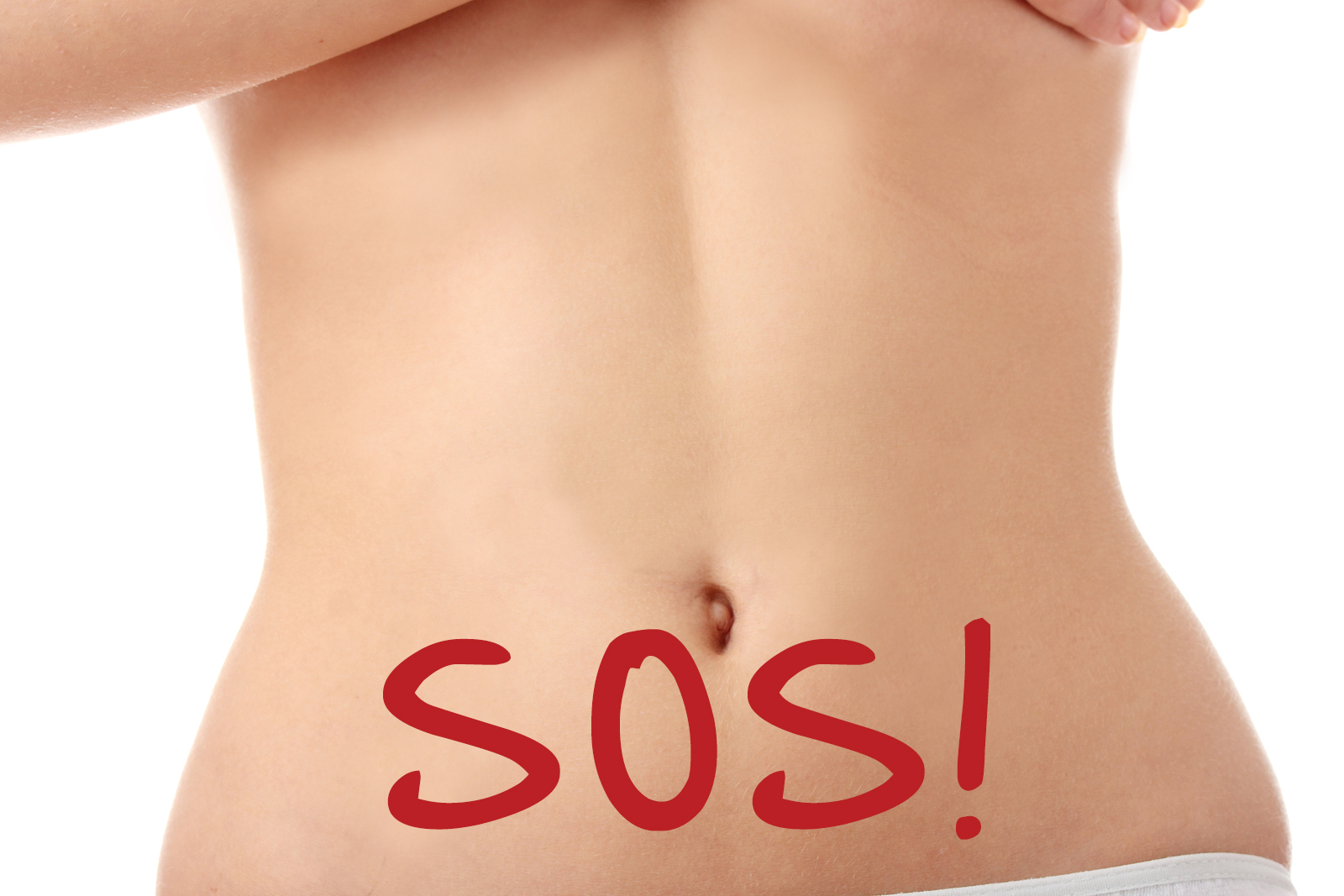
During the second week of the luteal phase estrogen will slightly rise again in preparation for pregnancy. If there is no pregnancy, estrogen and progesterone will drop and cause the uterine lining to shed.
Emotional:
During the first half of the luteal phase you are still riding high off of the effects of the ovulatory phase. However, as Progesterone production increases you will find yourself starting to wind down and wanting to stay closer to home as the days pass.
This is because progesterone is a natural sleep aid and anti-anxiety hormone – kind of like natural Valium. Now is a good time for nesting, organizing your home or office, and taking care of your personal to-do lists.
The second half of the luteal phase is notoriously difficult. You might start to feel PMS symptoms, cravings for carbohydrate-heavy comfort foods, and moodiness. You should clear your calendar of big social events because you’ll want to conserve energy. You may have a feeling of fullness and a desire and anxiousness to release this fullness – this will happen when your period begins.
Note: You probably feel isolated in everything that you experience during this stage of your cycle but know that you are not alone. And these symptoms are not all in your head! There is a remarkable cascade of hormonal events taking place.
Action Steps:
Practice really good self-care during the week before your period. This could mean eating really nourishing healthy comfort foods, taking a yoga class, getting to bed early one night, sleeping in later one morning, reading a favorite book, getting a massage, and anything else that makes you feel nourished and balanced. When you honor your body’s innate need for rest and relaxation during this phase, you will enhance your ability to get more out of the active phases of your cycle.
Note: Medical experts say that on days 23 through 28 of your menstrual cycle, painful procedures will hurt more. That’s when endorphins—natural feel-good chemicals that dampen pain—are at their lowest level. Variations in estrogen levels, caused by the menstrual cycle, regulate the brain’s ability to suppress pain. So consider making your OB/GYN, dental or waxing/laser appointments for when you’re ovulating—days 13 through 17. That’s when estrogen levels, and your body’s painkiller system, are highest.
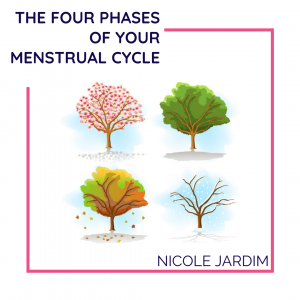
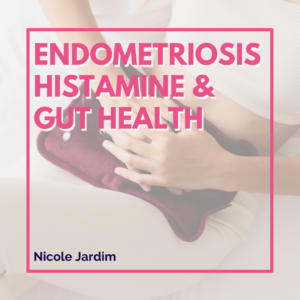
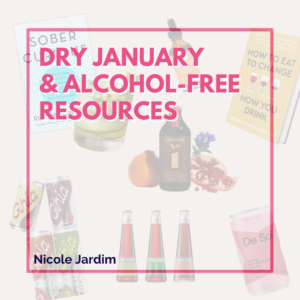
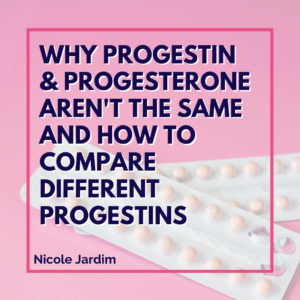
12 thoughts on “The Four Phases of Your Menstrual Cycle”
Pingback: Low Progesterone: Why it happens and what you can do about it - Nicole Jardim
Very interesting to see that the seasons are not equal lengths – particularly “summary” is 2-3 days. Sometimes my cycles are 21 days and other times they are upto 26-28. Which season is likely to vary in length to crate this difference or do they all?
Thank you for writing this! This article was very helpful! I’m in my 30’s and just coming to understand my cycle.
Pingback: WHY MOST WOMEN WANT SAFETY AND DON’T WANT TO TAKE RISKS - Shaulamusic.com
How have we gone through life as woman and never implemented this!!! Thanks so much!
Exactly the expected explanation…Thanks for this helped me a lot in my studies…!!!
Love this – exactly my experiences each month!
Such a cool article, thank you for explaining it in such simple terms 🙂
Your soooo very welcome Terrie!! It will be life-changing I promise! xoxo
My mouth is agape! THANK YOU! I am soooooo excited to intrduce this in my life. There is hope for me yet.
xoxoxox Thanks Nicole.
Terrie Walsh
So interesting and very helpful! I knew none of this. Thanks for sharing!
I love comments like this!! Happy that you learned something new 🙂 If you are available on Wednesday join our webinar!